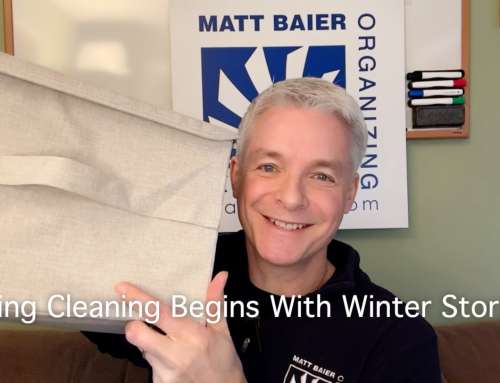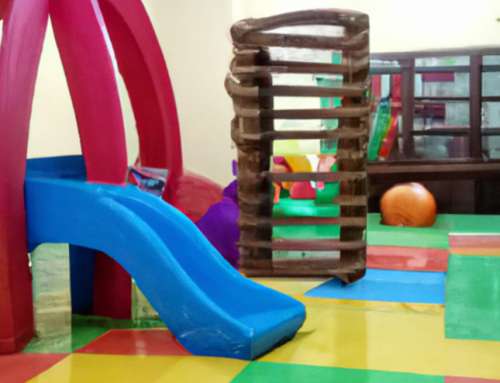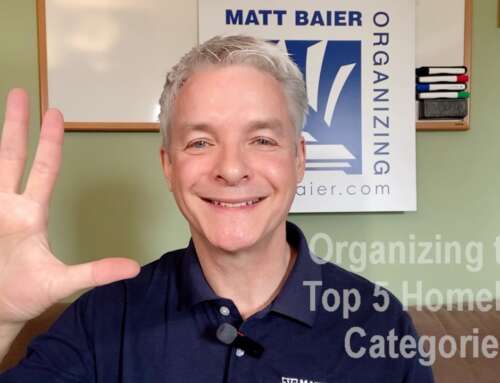There are many things to consider when you get organized for downsizing, including finding the right resources. Of all the other things to consider, there is an approach that I believe stands above the rest. That approach is always making decisions with next steps in mind. For every item that you review in your home you have several choices to make. Those choices include keep, discard, donate, sell, and give-to. Each choice should come with a decision that answers the question “how will this make my next steps easier?” Perhaps that sounds daunting, so here are some specific examples of choices and next steps to plan.
Keep
When you decide to keep an item, you have to think in terms of moving. Are you keeping this item out to show in your house or away to move? If, for example, it’s a family portrait it should be stored away, to move. To sell your home, you must remove the items that make it your home. At this stage you are not welcoming guests into your home. You are inviting buyers into a product for the marketplace. You may be able to open up enough storage space in your home to reserve for these personal items. Otherwise, they may need to temporarily go into self storage.
Paper Discard
While you may feel the pressure to lighten the moving truck, a panic-purge can be dangerous. This is particularly true with paper. The answer is to get clear on exactly what you do need to keep and why. The four stages of my file cycle makes it very simple. Files that you need to act upon or find easily should remain handy. Files that you are keeping just-in-case shouldn’t be tossed, out of desperation. However, they should absolutely be stored more remotely. For the useless files that are ready for discard, establish a clear shred policy in your household. This policy requires a balance of cost, security, and time. If there’s a lot to shred, I highly recommend a shredding service. You will have so many more things to do that require your unique knowledge.
Donate
You will probably have many items to donate. The next steps to consider should be shaped by space, convenience, and budget. Free services like Vietnam Vets of America need a week or two of lead time. Also, they require that either you pull everything out on your driveway or that you be available all day. As long you are around, to let them in, you can leave your stuff in your garage. If you don’t have the space and the time, there are paid hauling services. We recommend College Hunks Hauling Junk. They especially make sense if you have heavy items that you can’t lift.
Items to Other floors
You may be dealing with a large number of items that have shifted location, when downsizing. If that’s the case, don’t oversimplify the next location. Be aware that labeling a box “upstairs” requires a next step of distribution. If that box turns into several, that next step can be quite burdensome. Maybe you need to create a “home office” box for the office supplies, “bedroom” for clothes, etc.
Give-To
Give-to is different from donate, because you have someone specific in mind. You will make your next steps so much easier if you can dedicate a space to give-to. Make a point of writing down the name of the intended recipient. Sure, you’re clear in the moment, but you’ll appreciate having written it down, in the next step. Also, try to reserve an area for give-to’s near the garage. That makes the next step easy for the recipient to receive or the givers to give.
Keepsakes
I don’t recommend pushing too hard on reducing keepsakes, when downsizing. Keepsakes tend to be the most irreplaceable category. You want to avoid regrets. That said, downsizing is a great opportunity to see all your keepsakes in context. So I advise focusing on just collecting all your sentimental items in one place. When you see all your keepsakes in one place, you will see how much space they take up. Maybe it won’t be as much as you think. Either way, it will make your next step easier to prioritize. That’s hard to do when a category is spread throughout the house.
Sell
This is a big one. With all the moving costs, you’d naturally like to make some money where you can. Just as with donate, give-to, and keepsakes, next steps are easier when sell items are in one place. There are several things to get clear on to make next steps easier. Do you live somewhere where people can come to your house? Then you might want to set up for an estate sale. Don’t want strangers walking through your house? Then you may want to organize you merchandise into lots for an online estate sale. Do you have a select few piece of furniture and decor? Then you might want to collect the smaller items, for an auction house to take away. Got a lot of collectibles and high end merchandise? Then you might want to collect it for an eBay dealer to sell. Want to sell it all yourself in a tag sale? That’s an option, but know that is a LOT of next steps and they can be very frustrating.
To-do
This is a downsizing decision that you may not have considered. As you are going through your items, you will realize that there are some decisions that require more information. More information requires more effort, which should be saved for later, so that you don’t break momentum. Need to plug in an old computer to see if it has information of value, before discarding? Set it aside with other “to-do’s” for now and keep sorting the quick wins. If you accumulate a lot of to-do’s, you might want to subdivide, to make next steps easier. Subdivide between to-do’s now and to-do’s later (after you move.) “To-do’s now” should be the ones that yield the maximum space gain and weight saving. No point going through an album of photos, if you’re still keeping the album anyway.
When you are downsizing a home, with decades of accumulation, you must make thousands of decisions. Each decision might come with several steps. Remove the friction from the decision-making process, by keeping those steps manageable and, where possible, delegate-able.
You will notice that in almost every case, easier next steps are facilitated by establishing dedicated exit zones. Dedicated exit zones require a disciplined strategy and a lot of work. The benefit is a menu of easier next steps that you can feel good about. If you would like help generating easier next steps, please contact me at 203.253.8414, especially if time is short. Our team does it best and the consult is always free.












Leave A Comment